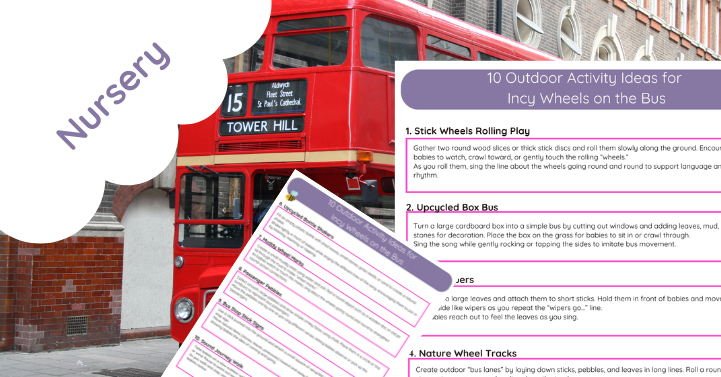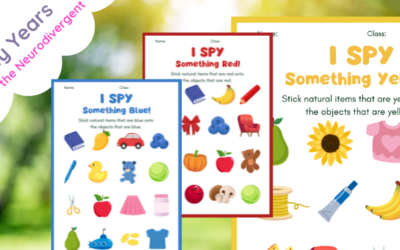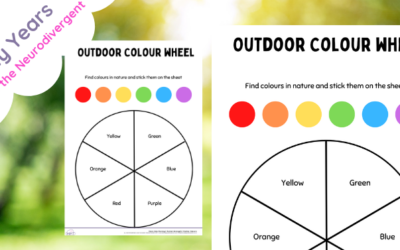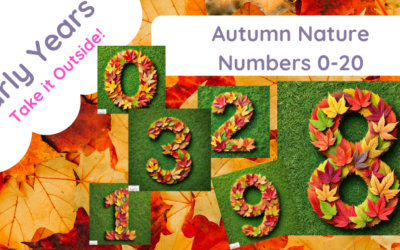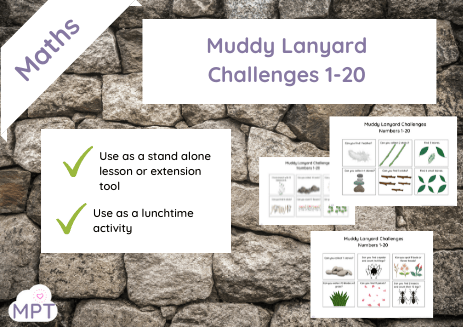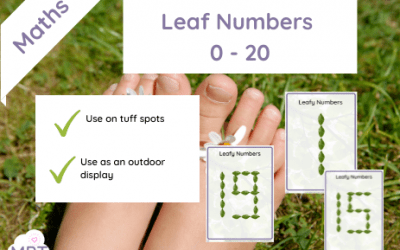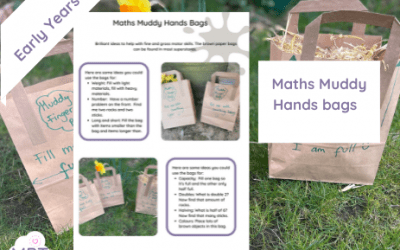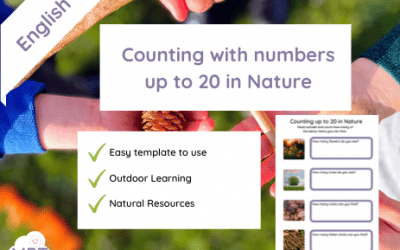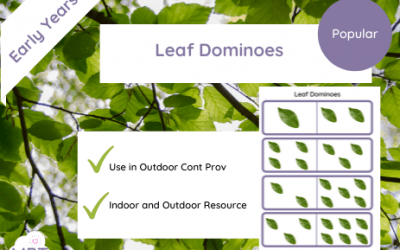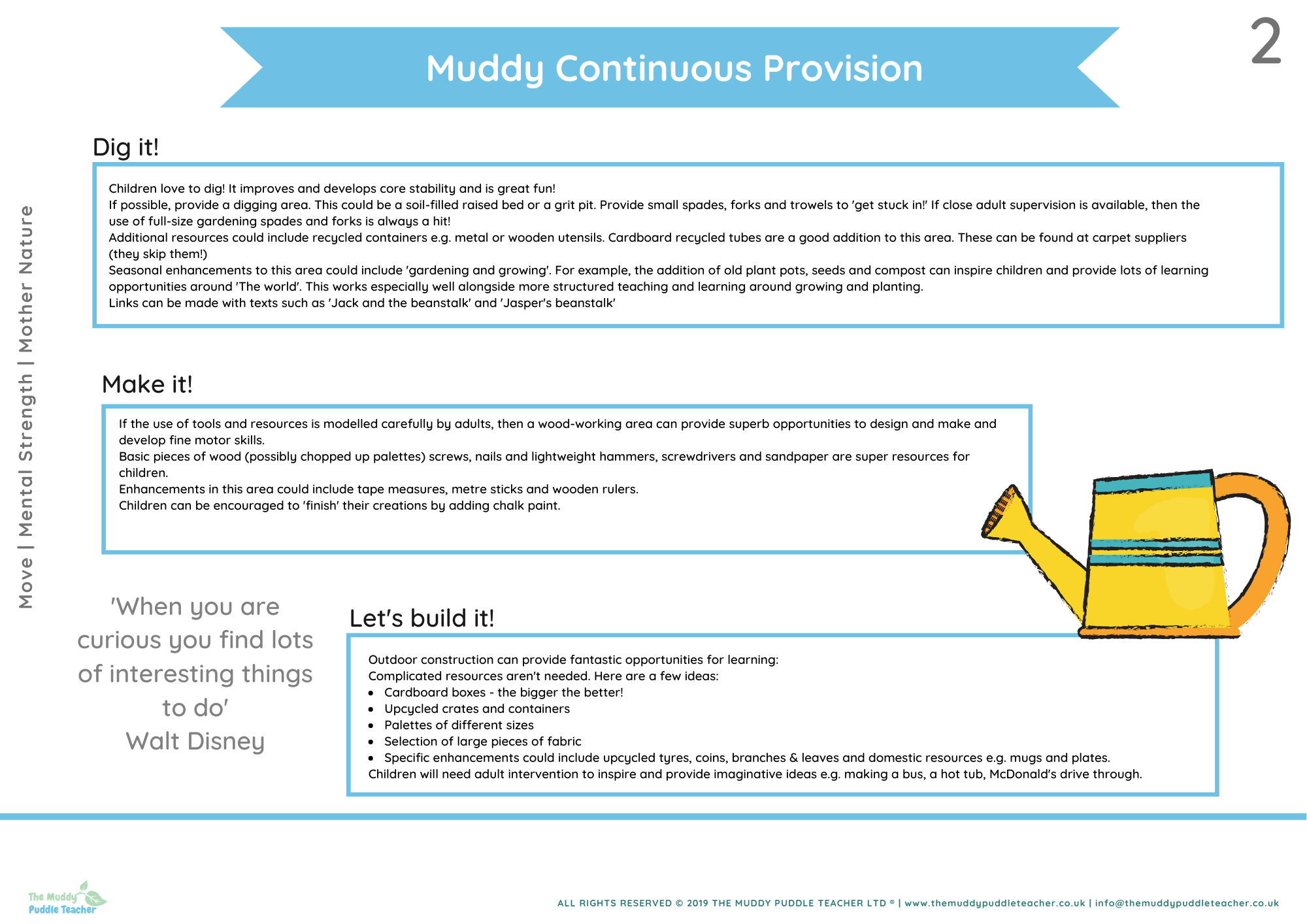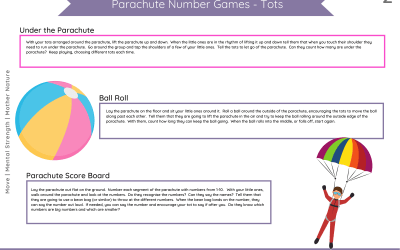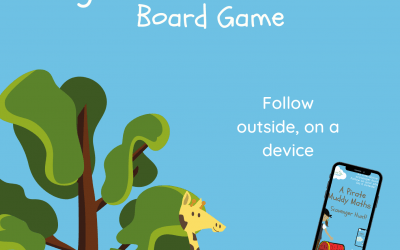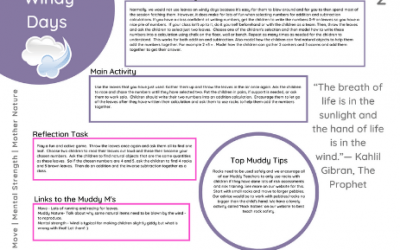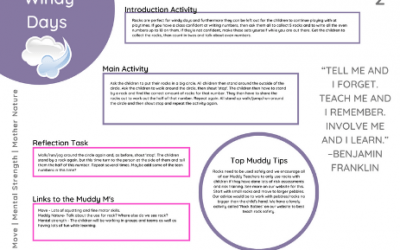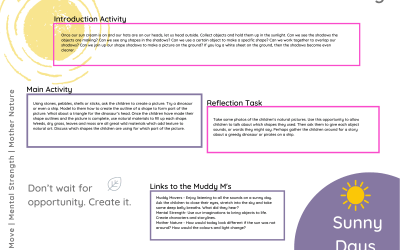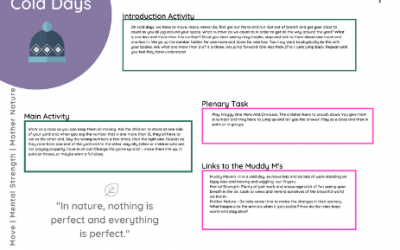Outdoor Learning I Spy🔍 Spot, search, and learn with nature! Turn any outdoor space into a playful learning adventure...
Outdoor Learning Colour Wheel
Apr 4, 2025
Outdoor Learning Colour Wheel🎨 Bringing colour and curiosity to outdoor learning! Make nature your classroom with our...
Autumn Nature Numbers 0-20 (Outdoor Displays)
Nov 11, 2024
Autumn Nature Numbers: Engaging Display for Indoor & Outdoor Learning Spaces Celebrate the beauty of autumn while...
Muddy Lanyard Challenges Numbers 1- 20
May 4, 2022
Our much-loved Muddy Lanyard Challenges are very popular and a versatile tool to use outdoors, give direction and in...
Numbers in Leaves (Tuff Spot/Display)
May 4, 2022
Time to make early years outdoors a little easier for yourself? These cards are great to give direction for tuff...
Muddy Hands Bags (Maths)
Mar 28, 2022
Time to get those little hands muddy with these innovative ideas for great fine and gross motor practice.
Counting Numbers to 20 in Nature
Feb 28, 2022
(FREEBIE) Leaf Dominoes
Feb 15, 2022
Fancy a game of Leaf Dominoes? Use real leaves to have fun subatising and learning more about numbers. Works well in...
Pebble Dominoes
Feb 15, 2022
Fancy a game of pebble Dominoes anyone? This fun and interactive game will help children gain sensory experiences...
Outdoor Maths Continuous Provision Ideas
Jan 6, 2021
Outdoor Maths Continuous Provision In a nutshell: Trying to make continuous provision areas that are maths related can...
Parachute Games (Numbers)
Dec 5, 2020
The Benefits and Advantages of Parachute Games in Schools Parachute games have become a staple in physical education...
Counting to 10 Jungle EBook
Sep 2, 2020
Use Counting Numbers up to 10 to help practice and remember those tricky first set of numbers. Have fun, bond and get Muddy!
Halving Facts to 20 Hedgehog EBook
Sep 2, 2020
Consolidating halving facts to 20 can get stale. Make this more fun and use our outdoor board game. A device & a dice is all you need.
Pizza Shop Adding Money 1p & 2p
Sep 2, 2020
Help your class learn about adding 1p and 2p together by playing this fun Muddy board game. All you need is a device and a dice!
Outdoor addition and subtraction
Jul 19, 2020
Use this Addition and Subtraction EYFS from our Muddy Maths range to help you teach more maths outside.
Early Years Halving
Jul 19, 2020
Are you struggling to add mastery to your maths? Muddy maths is the perfect way of doing this as well as getting your kids outside and active. Use this Shape EYFS Lesson Plan Pack to embed a deep understanding of shape and their properties.
Early Years Outdoor Shape – all-weather lesson plans
Jul 19, 2020
Shape EYFS | Muddy Maths
Early Years One more and one less
Jul 19, 2020
Take one more and less outside using natural materials and messy ideas!
New In
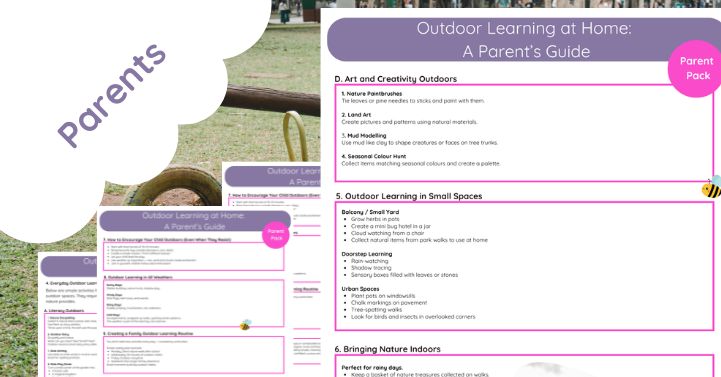
Outdoor Learning at Home: A Parent’s Guide
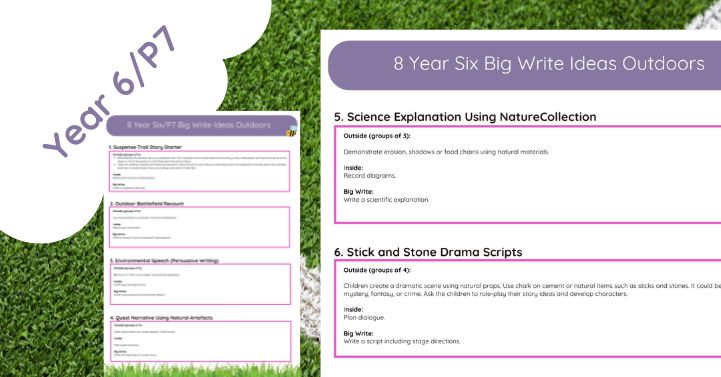
Year Six Big Write Ideas Outdoors
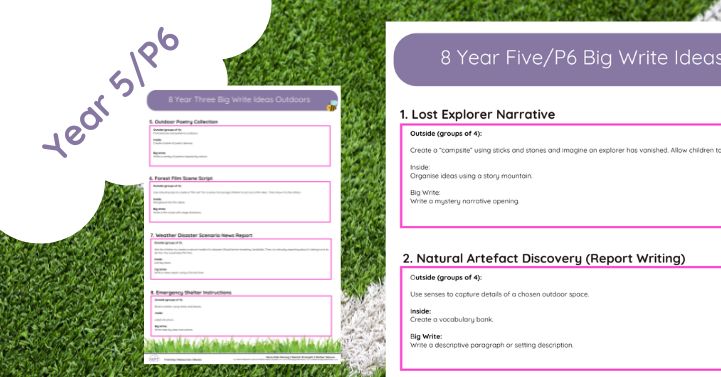
Year Five Big Write Ideas Outdoors
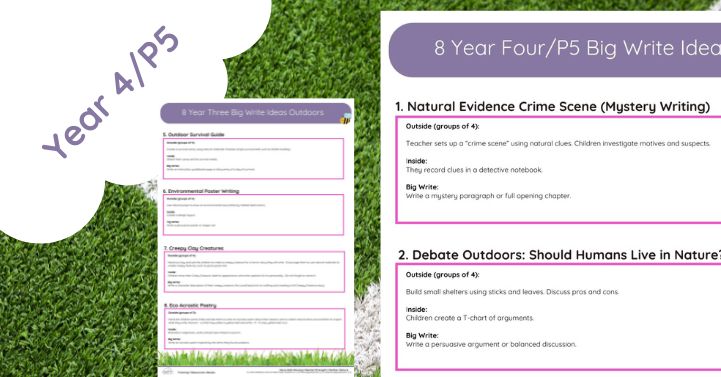
8 Year Four Big Write Ideas Outdoors
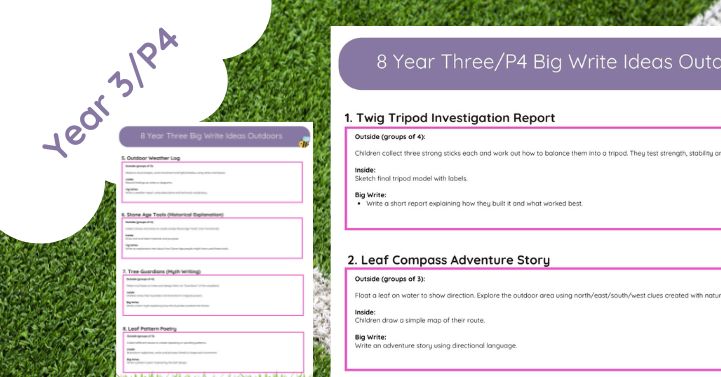
8 Year Three Big Write Ideas Outdoors
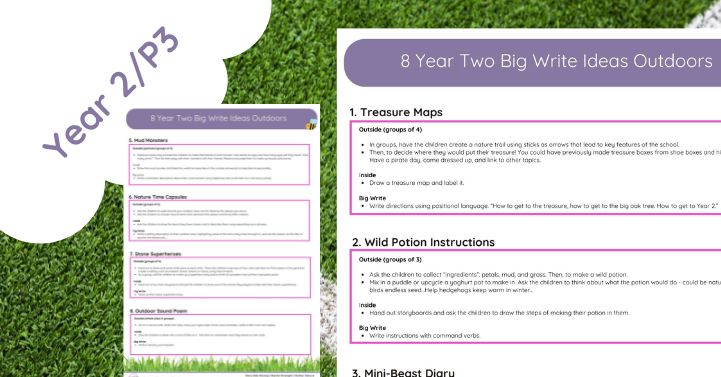
8 Year Two Big Write Ideas Outdoors
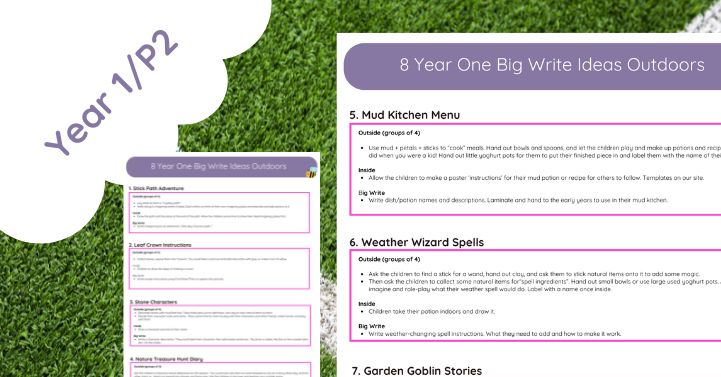
8 Year One Big Write Ideas Outdoors
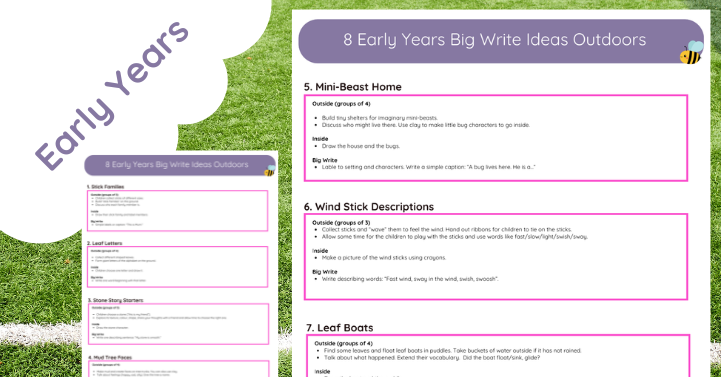
8 Early Years Big Write Ideas Outdoors
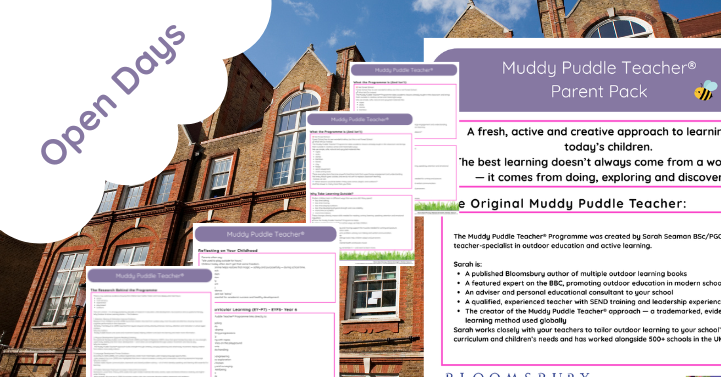
Open Day Outdoor Learning Parent Packs ( Muddy Trained Schools)
